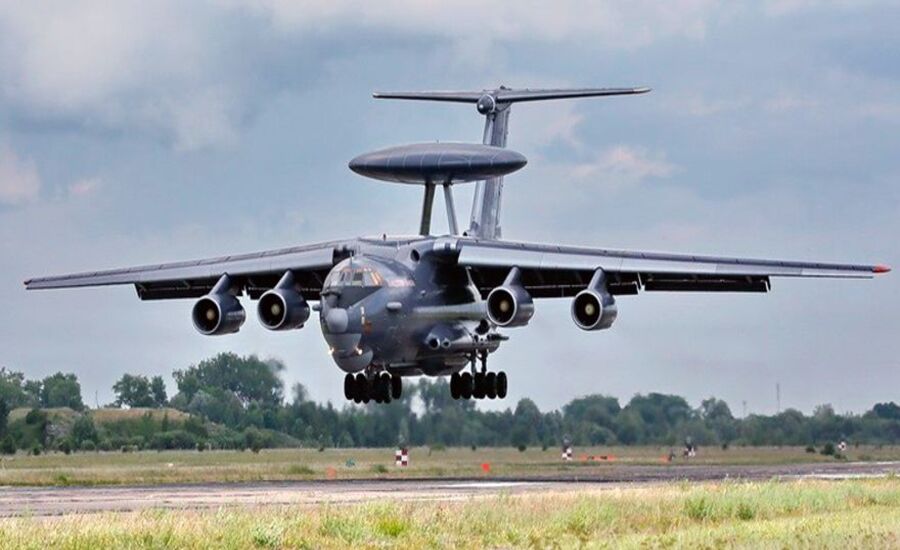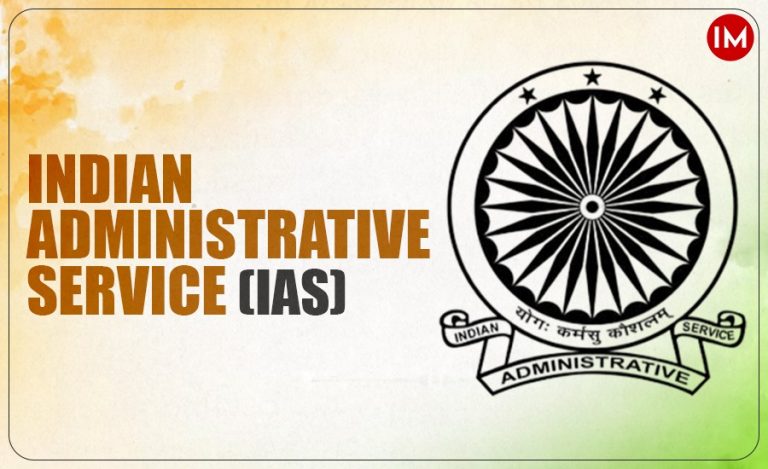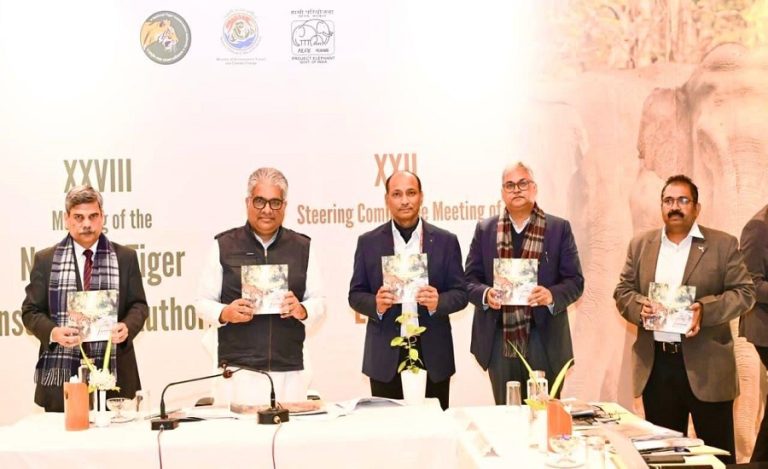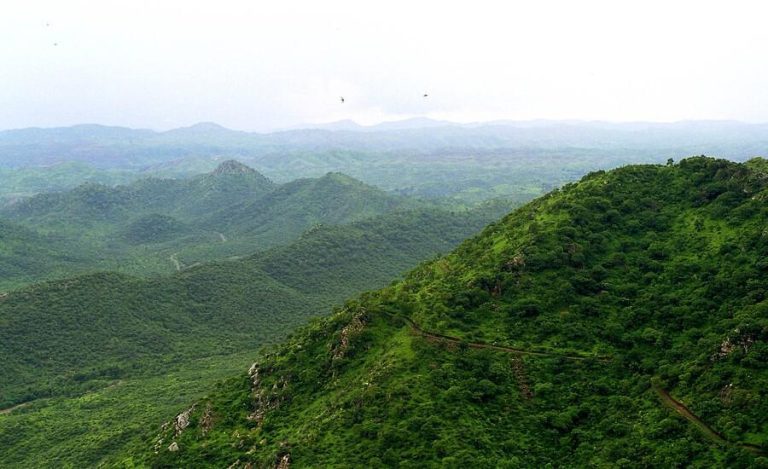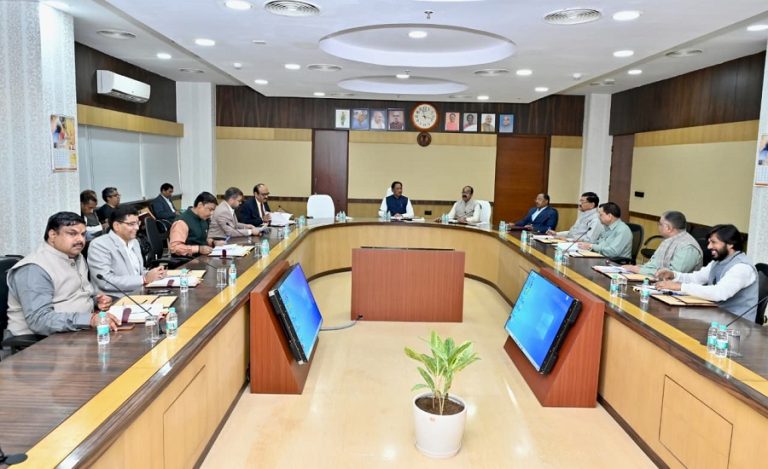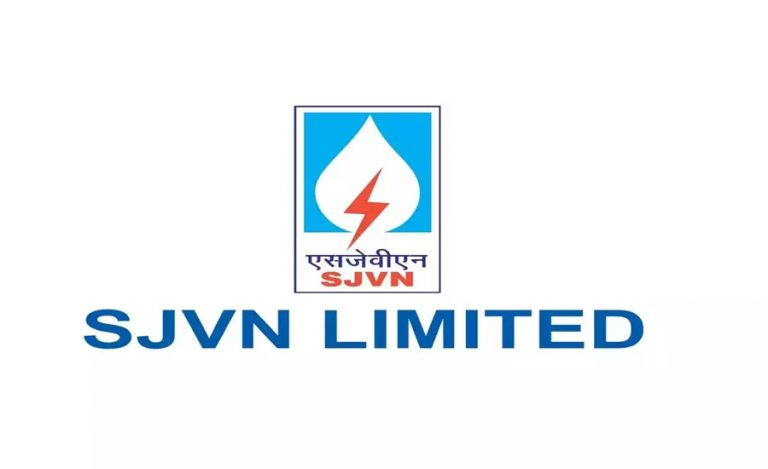New Delhi: In a major move to sharpen its airborne surveillance and command capabilities, India has given the go-ahead to the NETRA Mk‑2 programme – six next-generation Airborne Warning & Control System (AWACS) aircraft at an estimated cost of around ₹20,000 crore.
Importance of NETRA Mk-2 AWACS Program
The need arises from evolving threats along India’s land and maritime fronts, requiring longer-reach, higher-endurance surveillance platforms. Earlier platforms, while effective, had limitations in range, loiter time and integration into modern network-centric air defence systems.
The new NETRA Mk-2 aircraft will be based on the commercial Airbus A321 platform, a shift from the smaller Embraer jets used in earlier versions of the NETRA series. This allows bigger internal space, longer endurance and heavier mission-systems fit.
Read also: From Lab to Battlefield: India Fast-Tracks 800 km BrahMos Missile for 2027 Deployment!
At the heart of the programme is an indigenous AESA (Active Electronically Scanned Array) radar, dorsal-mounted for near 360° coverage, with detection ranges cited at the 500 km+ level. Complementing systems include ELINT, SIGINT, EO/IR sensors and advanced mission-computers linked to India’s integrated air-command network.
This project symbolises a milestone in India’s “Make in India” defence push—moving from being an importer of complex platforms to building, integrating and operating them indigenously, reducing dependence on foreign suppliers.
What’s New & What Changes with NETRA Mk-2
Platform Upgrade: The move to an A321 platform gives the system a significant boost in endurance, internal space for mission systems and fuel capacity—enabling longer sorties across land and sea domains.
Radar & Sensor Suite: The AESA radar will provide expanded detection reach—sources cite ranges beyond 500 km for large aerial targets.
Mission systems: It include ELINT, SIGINT and electro-optical/infra-red sensors, enabling all-weather, multi-domain awareness (air, sea, land).
Integration into the IAF’s network via the Integrated Air Command and Control System (IACCS) ensures real-time data flow and decision-making.
Operational Scope of NETRA Mk-2 AWACS
The Mk-2 is designed for extended missions over the Indian Ocean Region, along borders, and in contested air-spaces—giving India what is described as a “true force-multiplier” in airborne surveillance.
Strategic Impact of NETRA Mk-2 AWACS
A major upgrade in India’s surveillance architecture: improved early warning, target tracking, command-and-control reach.
Self-reliance: large domestic participation in the mission systems, sensors and aircraft conversion.
Stimulus for defence-aerospace supply-chain, strengthening manufacturing capacities.
Deterrence enhancement: more credible aerial surveillance and control in contested zones.
NETRA Mk-2 AWACS Project Details: Timeline, Cost & Challenges
Cost: The cost is estimated at around ₹20,000 crore for six aircraft.
Timeline: Initial prototype development and integration trials are expected to begin by 2026-27, with operational deployment toward the end of the decade.
Challenges: Conversion of commercial A321s into military mission platforms involves major structural, power, cooling and system-hardening modifications. Supply-chain readiness for high-end electronics, radars and mission computers will be critical.
Why the NETRA Mk-2 Matters for India
Extended air-domain awareness: With a 500 km+ radar horizon and 300-360° coverage, India gains far deeper visibility of threats across land, sea and air.
Force multiplier: As earlier platforms reach their operational limits, Mk-2 offers a significant leap in endurance and coverage, freeing assets for other theatres.
Networked warfare enablement: Tracking and signalling via real-time data links into IAF’s command network enhance responsiveness and precision.
Industrial & strategic autonomy: By doing this at home—with indigenous sensors, mission systems and platform conversions—India reduces reliance on costly imports.
Regional deterrence messaging: The capability signals to adversaries that India’s “eyes in the sky” are modernising.
Way Forward
With prototype work estimated by 2026-27 and full fleet deployment by late decade, India is looking at a phased ramp-up. As older assets age and new threats (e.g., low-RCS drones, cruise missiles) proliferate, this programme becomes central to India’s air-surveillance posture.
Read also: Next-Gen Push: Ex-IAF Chief Bhadauria Urges Switch from Tejas MK-1A to More Lethal MK-2 Variant
The NETRA Mk-2 is more than just an aircraft acquisition—it is a nodal point in a broader architecture of networked air-defence, maritime surveillance, indigenous manufacturing and strategic autonomy.

